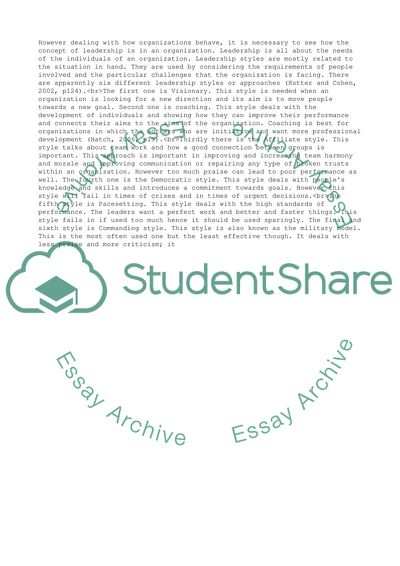Cite this document
(“Organizations and Behavior Essay Example | Topics and Well Written Essays - 1250 words”, n.d.)
Retrieved from https://studentshare.org/business/1603710-organizations-and-behavior
Retrieved from https://studentshare.org/business/1603710-organizations-and-behavior
(Organizations and Behavior Essay Example | Topics and Well Written Essays - 1250 Words)
https://studentshare.org/business/1603710-organizations-and-behavior.
https://studentshare.org/business/1603710-organizations-and-behavior.
“Organizations and Behavior Essay Example | Topics and Well Written Essays - 1250 Words”, n.d. https://studentshare.org/business/1603710-organizations-and-behavior.


